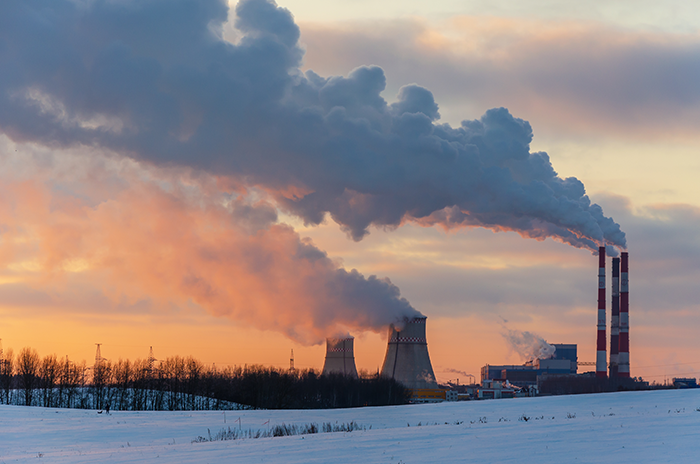Lithuania Economic Snapshot
Economic Forecast Summary (November 2022)

Economic Outlook Note - Lithuania
Growth is projected to slow to 2.5% in 2022 and 1.6% in 2023, before recovering to 2.0% in 2024. Lower growth in 2023 reflects higher inflation, negative confidence effects of Russia’s war of aggression against Ukraine and weaker external demand. Private consumption is negatively affected by higher unemployment and a contraction of real wages. Investment is underpinned by EU funds and the government’s multi-annual investment programme.
©Shutterstock/Karabin
Read full country noteEconomic Survey of Lithuania - 20 October 2022
Lithuania’s economy exited the COVID-19-crisis successfully and was growing fast until early 2022, buoyed by rising exports and rapid integration into global value chains. However, with Russia’s aggression of Ukraine continuing and its consequences spreading, the outlook has darkened. Growth has slowed, and inflation has risen to some of the highest levels in the euro area, driven by high energy and food prices. The country cut all energy ties with Russia, relying on imports from other countries instead. The government supports the many Ukrainian refugees and helps households and firms weather the energy crisis. Structural unemployment and skills mismatch remain high, while poverty declines only slowly. Further reform could help maintain economic resilience and cope with rising uncertainty. Reducing the scope of state-owned firms and improving their governance would help raise productivity. Linking education to labour market needs more closely would help improve employment and skills. Greater uptake of digital technologies by firms, along with a modernised public sector and strong skills will also help lift trend growth. Reaching the climate objective of net zero emissions by 2050 will require bold policy action, both on the tax and the spending side.
Executive summary
Presentation
Summary video
Further reading
Reform Priorities (April 2021)

Going for Growth 2021 - Lithuania
The crisis laid bare high poverty rates and a relatively weak labour market integration of less-skilled workers, heightening the need to tackle these long-standing problems to protect vulnerable groups more effectively.
©Shutterstock/Anton Petrus
Read full country note2021 Structural Reform Priorities
- Social protection: Reduce high poverty rates and increase social support to individuals according to needs
- Labour market: Improve the labour market integration of less skilled workers
- Education and skills: Reduce skills mismatch
- R&D and digitalisation: Enhance innovation capacity
- Competition and regulation: Strengthen corporate governance of state owned enterprise
Raising Local Public Investment in Lithuania
Lithuania’s government has set up regional development as one of its highest policy priorities. Municipal public investment can attract private domestic and foreign direct investment, foster growth and improve well-being of all residents. Moreover, local public investment could help mitigate the economic impact of the COVID-19 pandemic.
However, municipal governments account for only 33% only of public investment in Lithuania, while on average sub-national governments account for 46% of public investment in the OECD. Indeed, weak own-source revenue and tight fiscal rules constrain municipalities’ willingness and capacity to invest.
This report analyses the Lithuanian framework for municipal public investment funding and financing. It draws on the experience of five countries - Denmark, Finland, Ireland, the Netherlands and New Zealand - to identify policy options to increase the capacity of local governments to carry out public investment, while ensuring the quality of investment projects and financial sustainability of municipalities.